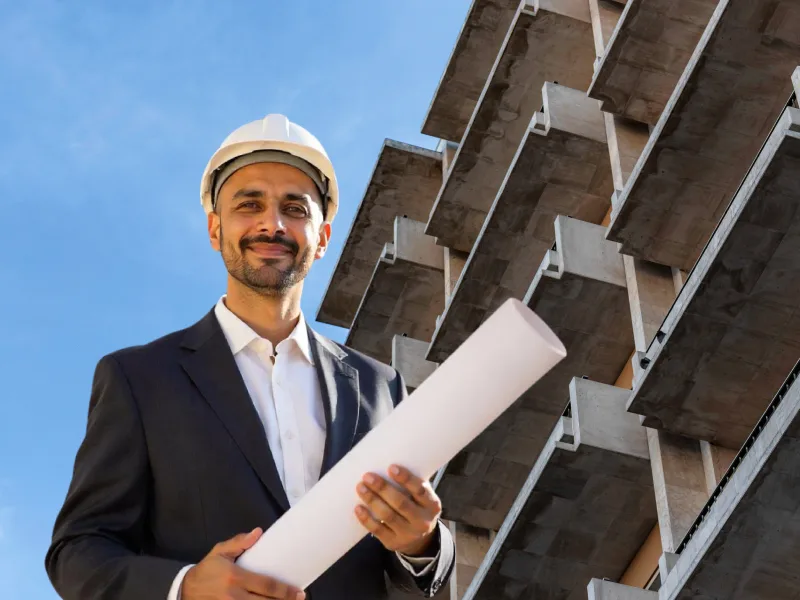Precast construction is mainly known for its speed, quality and efficiency. With readymade components produced off-site, it is an easier alternative to traditional methods in many ways. But make no mistake: precast isn’t a shortcut. Behind every seamless installation lies meticulous planning, exacting tolerances and seasoned judgment calls honed on traditional sites. And that’s where the experience in traditional construction makes a big difference.
Precast Project Is Much More Than Just Assembly
At first glance, precast construction might seem like a plug-and-play system: produce off-site, assemble on-site and you’re done. But in practice- every project comes with its own site conditions, design demands as well as logistical challenges.
From aligning structural elements with exact tolerances to sequencing lifts on congested sites, precast method demands precision. Even a small misstep in planning or execution can delay the timelines or compromise safety. It’s not just about putting all the pieces together, It’s about making sure they fit perfectly, function seamlessly, and stand strong for decades. That kind of precision doesn’t happen by default. It happens when expert teams translate design intent into real-world results, accounting for every millimetre, every delay, every bolt.
The Human Element in Precast Projects
Even with its factory-like precision, precast construction still relies on real world adaptability. Site conditions, weather shifts, and logistical hiccups don’t vanish just because components are pre-made. What bridges the gap between plan and performance is the human element — seasoned professionals who know how to navigate the grey areas.
Experienced contractors bring more than just the oversight. They bring foresight, timing, and an instinctive sense of problem-solving shaped by years on complex construction sites. That insight is what keeps precast components not just on schedule, but aligned, stable, and built to last.
Why Traditional Construction Experience Matters
What looks like a clean and modular build on the surface is actually the result of decisions taken and work done long before a crane lifts the first panel. Behind a successful precast project is the steady hand of someone who’s been in the trenches of traditional construction. Someone who knows when textbook planning meets on-ground complexity. Here are some of the most impactful factors:
- Location Knowledge
Contractors who’ve spent years on local projects understand soil conditions, weather patterns, and logistical quirks. These insights ensure your precast elements arrive and fit exactly as intended.
- Market Dynamics
Veteran teams know how to source quality materials at the right price, work around supply-chain hiccups, and anticipate price fluctuations to keep your precast budget on track.
- Problem Solving
Precast projects often involve unique challenges that require quick, effective problem-solving – a skill honed through years of traditional construction experience. Contractors who’ve navigated similar challenges in traditional projects can anticipate issues and address them proactively.
- Compliance
Familiarity with local building codes, permitting nuances, and safety regulations ensures your precast components clear inspections without holdups. One misfiled form shouldn’t stop a crane from lifting a panel.
- Structural Expertise
Understanding how loads transfer in a cast-in-place project informs better sequencing and connection methods in precast. That deep structural intuition prevents surprises when you’re bolting panels together at height.
Conclusion
Precast construction brings speed, quality, and consistency. But bringing it all together on-site takes more than just machinery and planning. It takes experienced hands that understand the full picture about what works on paper, and what works in the field. Traditional construction experience adds the insight, adaptability, and decision-making that precast demands. When you’re working with heavy elements, tight tolerances, and real-world challenges, experience becomes the difference between delays and delivery.
In a market rapidly adopting the precast method, it’s tempting to focus only on speed and automation. But the true value lies in the experience guiding that speed – in people who understand what to expect, what to avoid, and how to get it right the first time. As India moves toward modern methods of construction, the foundation of experience becomes more important than ever.
